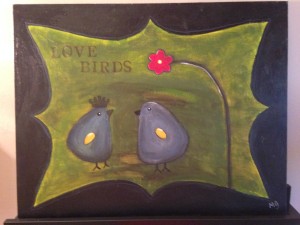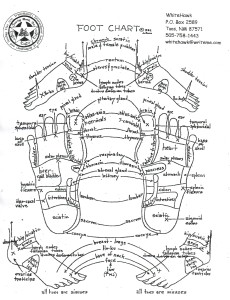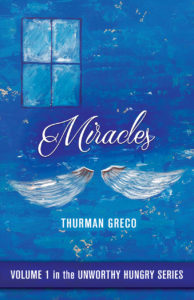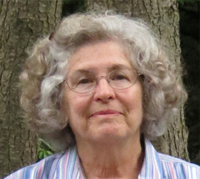Learning as Self-Care With 3 Stories Featuring Maria Talamantez and Sister Athenasius
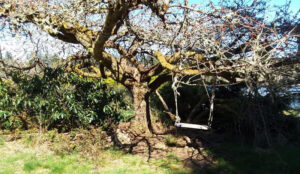 As we grow up and experience adolescence, or adulthood, many of us leave our religious beliefs behind. Or maybe we never had a childhood religion to leave behind. This can create the experience of having no beliefs at all.
As we grow up and experience adolescence, or adulthood, many of us leave our religious beliefs behind. Or maybe we never had a childhood religion to leave behind. This can create the experience of having no beliefs at all.
Mother sent me as a young child to local Vacation Bible Schools every summer. That meant I spent a week each with Episcopalians, Presbyterians, Baptists, and the Church of Christers when I was quite young. The Catholics didn’t have Vacation Bible School and I never quite understood why.
I absorbed different things taught by different Christian Sunday School teachers in an unsophisticated format intended for preschool and elementary school children.
Elementary school influenced my religious beliefs, but not how you might think. This was the American Bible Belt in the early 1950’s. In the classroom each morning, right after reciting the Pledge of Allegiance, a student recited a prayer.
For some of my classmates, this experience may not have been so bad. For others, it was excruciating.
Standing in front of the class is hard on a lot of little kids. Standing in front of the class and reciting a prayer can be excruciating, especially if they don’t really know a prayer. It was hardest on the Catholics because they began and ended each session with the sign of the cross.
My memory always brings up Maria Talamantez when I recall the morning prayer. Standing at the head of the class, Maria appeared embarrassed, flustered, frightened. And, while she struggled with the Sign of the Cross and the Our Father, I was over at my desk praying quietly and fervently to God and Jesus and anyone else I could think of just thanking them that my name hadn’t been called that morning.
Meanwhile, Maria prayed as fast as she could and so quietly that she couldn’t be heard by most of us in the room. I don’t think the teacher cared, really. She was simply filling a slot required every morning and looked forward to escaping into a math exercise or reading a story.
For me, this was a time of pure torture. And I was so grateful that I was an Episcopalian because I didn’t use the Sign of the Cross. And the Episcopalian Lord’s Prayer seemed shorter and faster than Maria’s Roman Catholic version.
This is part of my journey into adulthood.
Both adolescents and adults spend time thinking and rethinking things they read, heard, and believed as children.
To dismiss these experiences as part of the move into adulthood is a gross oversimplification.
Abandoning our childhood beliefs can be difficult. It’s challenging to move beyond the childhood religious stories we either grew up with or didn’t experience at all.
As a pre-adolescent, I attended a Catholic School in my middle-school years. (The Sisters didn’t call it middle school.) Sister Athanasius had a whole list of books we weren’t supposed to read. And, since I wasn’t from a Catholic family, Sister suspected every book she saw me carry.
Several years later, as a student at St. Mary’s University, I found all of those books she was looking for in my book bag. They were in the university library, sitting on those shelves for the students. Amazing! Forbidden fruit in middle school became the main course in college.
Later in life, my best Reiki therapy and Reflexology students admitted to me that they were struggling with their meaning-of-life path.
Now, as an octogenarian, I find myself smitten with Mother Mary and the birth of Jesus Christ.
If you find yourself at a moment in time where you are taking a look at your life, now can be a good opportunity to explore your childhood teachings. They may be holding you back from focusing on things you otherwise might be interested in.
This place in time opens an opportunity for self-care.
As an adult, you can slow down, seek the solitude, and listen to the silence. Allow your intuition and life experiences to guide you along your path.
The answers you seek may not come immediately but they are there. As you journey on your path, you may encounter changes to your lifestyle which help you connect with your own truth.
You can develop an understanding of your own experience.
Thanks for reading this article. Please share it with your friends and family and forward it to your preferred social media network.
You can find out more at www.thurmangreco.com.
Want more information on self-care? Check out some older articles on this blog.
You may also enjoy my YOUTUBE shows: “Let’s Live with Thurman Greco”
Thanks again!
Thurman Greco
www.thurmangreco.com
Subscribe today!
Visit the website and see what books might interest you. The first edition of “But for Gabriel” is available as an eBook.
Finally, include a Reiki therapy or reflexology session this week.
Interested in Self-Care? Try Self-Forgiveness
Let me start this article this way: Self-forgiveness is never easy.
I’ve written about self-forgiveness before. It’s a theme for me – even though I didn’t realize it when I began writing. It’s definitely a part of my books and essays on wellness and hunger.
I have forgiveness chapters in all of my books. My two favorite chapters are in “The Ketchup Sandwiches Chronicles” beginning on page 103 and 145.
These two chapters focus on two real people and the voyages they traveled while seeking self-forgiveness.
Begin self-care with a few questions:
Who am I in this community? In this country? On this planet?
Remember: My community, my country, and my planet have value. I believe the value is greater than the sum of all of us combined.
Self-care means joining the community of the planet. Everyone, without exception, has value and a role to play.
No one, not even the least of us, is irrelevant. No one, not even the greatest of us, is above it all. Being rich or poor simply isn’t part of the equation.
Self-forgiveness in the context of self-care is a journey where we become a part of something greater. We don’t write off people and situations. We challenge, encourage, love.
Self-forgiveness allows us to not always be at our best.
Self-forgiveness includes renewal and support.
Self-forgiveness can be a calling.
When you sign onto the journey of self-forgiveness, you’ll travel to places you’ve never been before. You may find yourself involved in activities and events for which you may not be quite prepared.
You can’t complete a self-forgiveness journey with an isolated incident like you would complete a puzzle or word game. It is a part of a process.
Forgiveness is always a challenge. Everyone seeks forgiveness and self-forgiveness is the hardest part.
How does it work? Well, do what you can with what you have. Work where you are. A good starting point is to sketch your community.
Really, what you’re doing is muddling through. Frankly, I think that’s how self-forgiveness works. This journey is not going to be perfect. At times, it may seem overwhelming. Other times, it may seem simply like a blank page. Self-forgiveness comes with very few maps. Certainly, there is no GPS.
Forgiveness is a journey with its own timetable. There may be surprise stops along the way. That’s because forgiveness has its own messages and meaning.
A bottom line is this: Forgiveness is for you and you alone. When you forgive someone, you are not forgiving them for them. You are forgiving them for you.
And, that’s what self-care is all about: YOU.
Self-forgiveness happens when you move beyond your thoughts and memories to a new place. At that moment, you see things differently. Sometimes this new place can be a sort of miracle.
This happens when you see your open heart and embrace new hopes and blessings. After a few moments, you may also hear things in a new way.
This is true change. True change, and self-forgiveness, happens when you face the same condition that caused you to behave in a way unacceptable to yourself and now you see things differently.
You break out of your past.
You’ve changed. You are a different person.
You wake up and claim your self-forgiven reality.
Thank you for reading this blog post. Please forward it to your preferred social media network. Share it with your friends and family.
To hear stories of healing and of hunger, tune into YouTube. There are several segments where I read the stories. It is one thing to read the stories and another thing entirely to hear them. ENJOY
When traveling on your self-forgiveness journey, I recommend you include regular reflexology and Reiki sessions. Spiritual journeys include physical, mental, and emotional changes as well. Your feet are a command center of your body. They need consideration and attention during this time.
If you have questions, contact me at thurmangreco@gmail.com
THANKS AGAIN!
Your Second Chakra – What it Means
They say your second chakra is all about creativity. This includes anything and everything you create in your life: your sexual experiences, an invention, a project, service to others, and anything else you think up.
Have you ever thought a thought and didn’t know where it came from? Chances are that whack on the side of the head idea had a second chakra boost.
My own personal opinion is that your sacral chakra is involved in everything you do in life.
Are you interested in co-creating? To hone those co-creating skills, go right to your second chakra.
Even if you aren’t interested in co-creating, include your second chakra in every project you embark.
To bring more excitement and fun in your life, start with a list.
Include experiences in your life which bring you pleasure, offer fun, increase your endorphins, or make you smile.
Expand your list. Include something every day.
Your goal is to increase your creativity. You want to empower yourself to feel inspired and more alive!
Make no mistake, second chakra work includes your soul.
First chakra issues have a tendency to encourage a person to isolate or even go inward. A first chakra goal is to learn to live with oneself.
Second chakra issues Include others in your journey. Second chakra issues cause us to make our lives with others. Second chakras communicate with other chakras.
The ultimate example of this is the process of giving birth to and raising a child or children.
While birth is considered a feminine event, the second chakra is about creating things from our hips or second chakra. This applies to everyone.
Second chakra imbalances can manifest themselves as blocks which last for years.
If you experience a writer’s block, have reproductive issues, or have problems with your career development, include sacral chakra therapy in the healing process.
Include extra reflexology, Reiki therapy, and chakra healing sessions.
Any issues involving your genitals, reproductive organs, pelvis, hips, or lower vertebrae, appendix and upper intestines, are affected by sacral blocks and imbalances.
Your second chakra will respond to essential oils such as
ylang ylang, rose, lemon.
Crystals include carnelian, amber, tangerine quartz.
Thank you for reading this article. You can find more information about sacral chakras in previous blog posts and in “Healer’s Handbook” by Thurman Greco.
Purchase this book www.thurmangreco.com and at Amazon.
Thanks for reading this article. Please forward it to your preferred social media network and share it with friends and family.
There are many video productions on YOUTUBE at “Let’s Live with Thurman Greco” Check out the ever-growing list of videos.
.
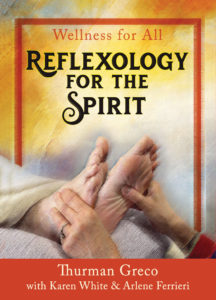
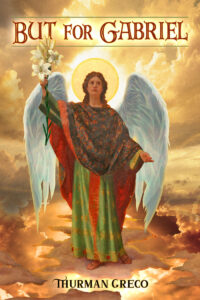
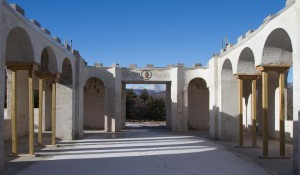
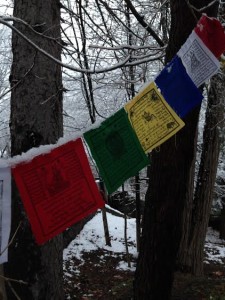


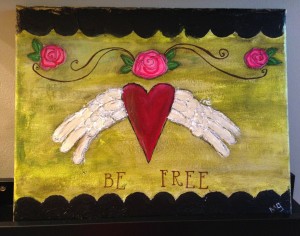
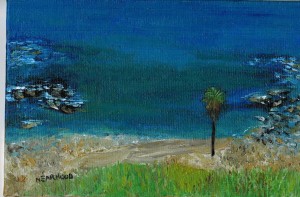

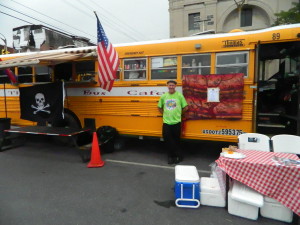
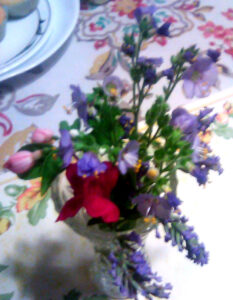
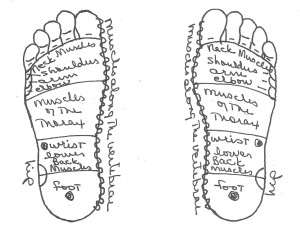
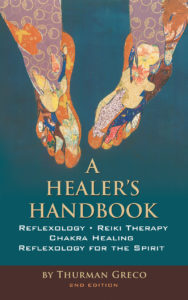
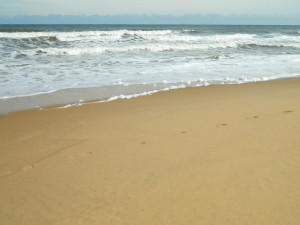 I
I